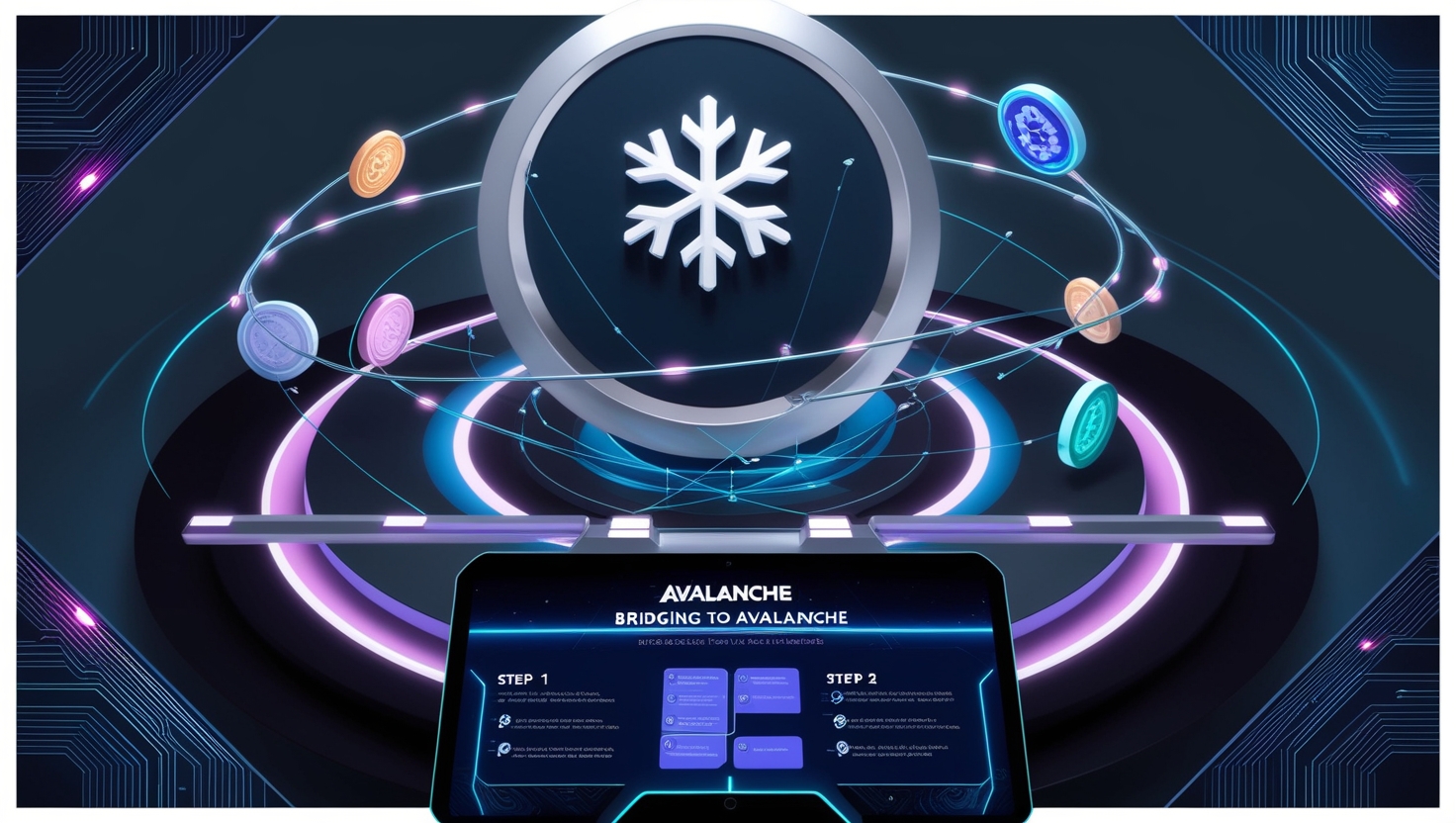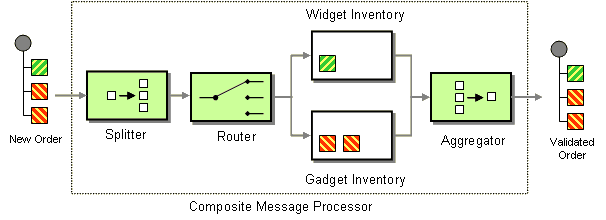In this article , I will discuss the How to Bridge Tokens to Avalanche and will guide you on the steps that will ensure the secure and efficient transfer of your assets.
Bridging tokens allows users to tap into the Avalanche network’s high speed, low cost, and robust DeFi ecosystem. Regardless of whether you are a beginner or a seasoned user, this guide will assist you in achieving a seamless experience in performing cross-chain transfers.
What is Token Bridging?
Token bridging is the process that permits transfer of tokens between two separate networks, enabling compatibility with more than one blockchain system. Moreover, users are able to transfer their digital assets without restriction, moving from one blockchain to another i.e. Ethereum to Avalanche.

Basically, this method solves the problems posed by self-sufficient blockchain systems and enhances their interconnection, hence broadening the scope of applications for the tokens. Hence, users have the ability to access other platforms, dApps, and services hosted on other networks without the need to liquidate or exchange their assets.
How to Bridge Tokens to Avalanche
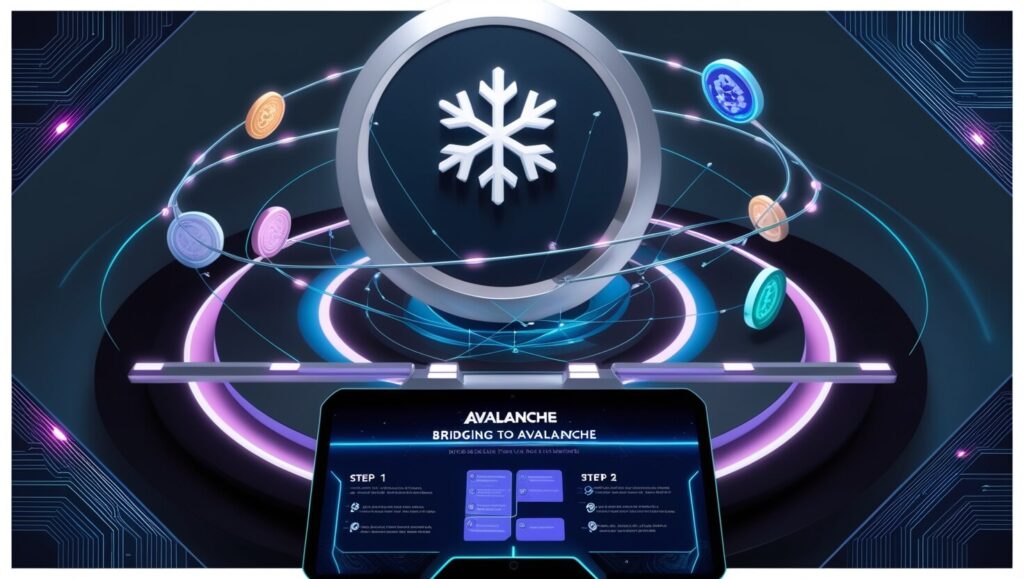
Here’s how to bridge tokens to Avalanche (AVAX) using the Core Bridge, created by Ava Labs.
Open the Core Bridge
Go to Core Bridge and connect your wallet (MetaMask or another supported wallet).

Select Token and Network
Pick the token you’d like to bridge. Then select the network you’re bridging from (Ethereum, BNB chain, Optimism, etc).
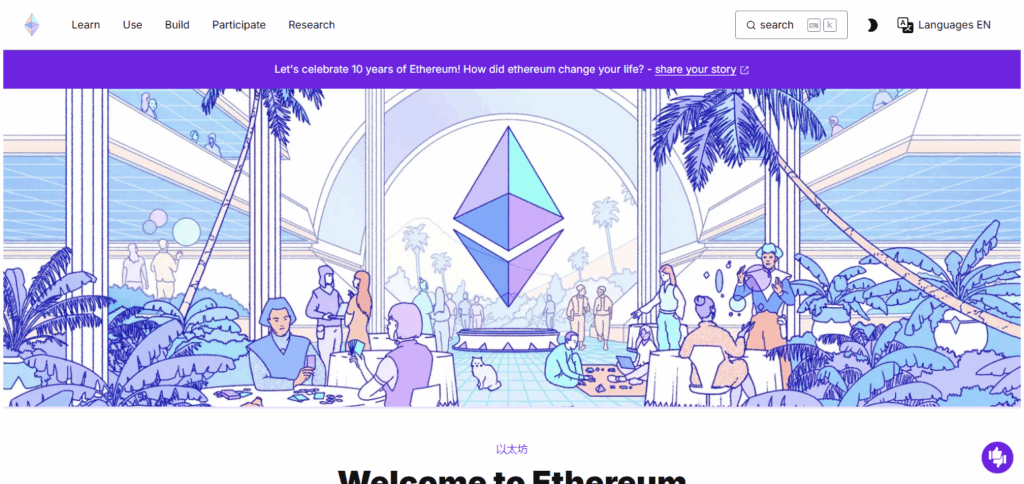
Provide the Target Address
Make sure the Avalanche wallet address you provided can accept the bridged tokens.
Check Fees & Validate
Review the fees needed for the transaction and the time it is likely to take. Some bridges provide refunds for large transfers so keep that in mind.
Approve & Carry Out Transfer
Confirm the transaction on your wallet and await the funds on Avalanche.
Verification on Avalanche
Check the Avalanche wallet to ensure the tokens are now present.
Other Place Where to Bridge Tokens to Avalanche
Celer cBridge
The Celer cBridge enables secure and swift token transfers to Avalanche and other chains (cross-chain bridging). Its main feature is low-cost, fast transfers with comprehensive security. Unlike most bridges, cBridge services an extensive list of tokens and chains, minimizing barriers in multi-chain DeFi.

Bridging to Avalanche and across tokens is facilitated by cBridge’s user-friendly interface with intuitive liquidity routing and optimal sharding transfer pricing policies, increasing overall bridging satisfaction to Avalanche.
ChainPort
ChainPort functions as a cross-chain bridge that permits token transfers into Avalanche, allowing greater interoperability between blockchain ecosystems. It allows the bridging of native tokens (not wrapped tokens) to and from Avalanche with Ethereum, BNB Chain, Arbitrum, and Polygon.
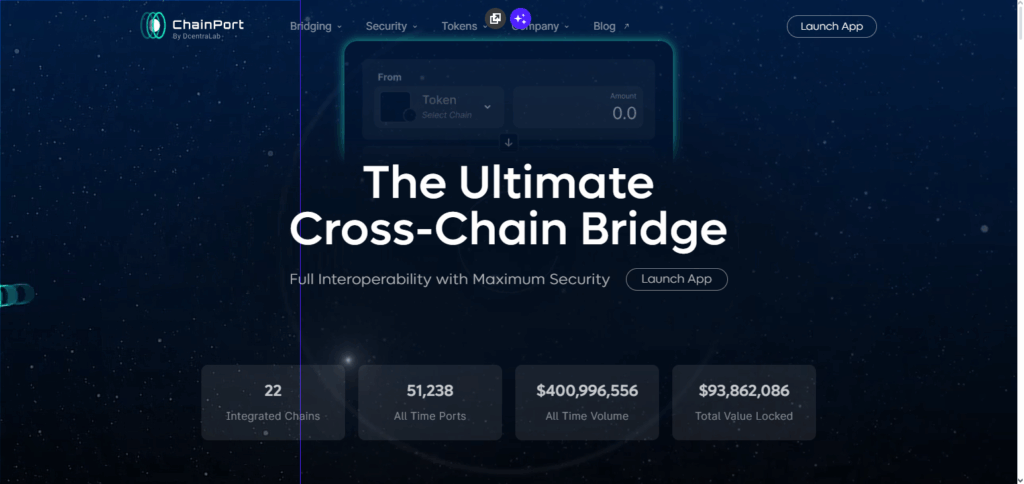
This method sustains that tokens keep their native form and liquidity on the destination chain. ChainPort utilizes strong security frameworks by applying multi-signature and multi-party computation (MPC) methods with fund segregation to secure user funds during the bridging of chains processes.
Also, they provide a friendly user interface making transactions simple and fast which take minutes to accomplish. ChainPort has emerged as a key player in bridging assets to Avalanche due to their support of many tokens, low fees, and easy-to-use interface.
Layerswap
Layerswap is a multi-purpose cross-chain bridge service which enables the transfer of tokens to Avalanche through both CEXs and DeFi. Its most notable aspect is the bridging of assets from CEXs such as OKX and Binance directly to Avalanche without paying intermediaries’ wallets first.

This simplified procedures improves user experience by lowering steps and mistakes. Moreover, Layerswap has a clear pricing and low fees, making transfers cheaper. Its simple design and multi-chain support makes the service ideal for anyone wishing to bridge tokens to Avalanche.
Rango Exchange
Rango Exchange, a multifunctional cross-chain bridge and DEX aggregator, allows transfer of tokens seamlessly to Avalanche. Its main highlight is the multi-step swaps which allow token exchange and bridging to happen with a single action.
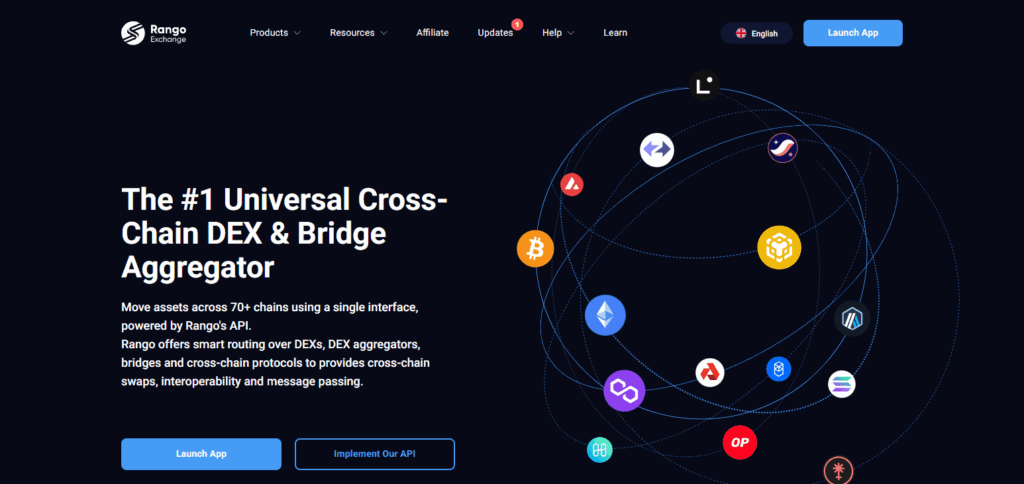
This method guarantees the user best rates and liquidity by aggregating more than 100 DEXs and Bridges from over 70 Blockchains. Rango’s smart routing system optimizes the payment of fees by selecting the path that incurs the lowest cost, while also ensuring that slippage is reduced to the barest minimum.
What’s more is that Rango supports a host of wallets and has an intuitive design enabling both experienced and novice users ease of access. As far as bridging tokens to Avalanche is concerned, Rango Exchange proves its worth with powerful security features and non-custodial system.
Tips for Safe and Efficient Token Bridging
Use the Most Trusted Bridges: Only utilize official bridges or those which have received high reviews in the community. This will protect you from scams or poor bridging transactions.
URL and Contract Verification: Check smart contract sites like any other transaction site, remember to verify address before attempting transactions.
Network Fee Verification: Ensure that you keep an eye open to gas fees in both chains, source and destination.
Bridging Only Supported Tokens: Ensure beforehand that the token you wish to bridge with is indeed supported to prevent loss.
Confirm Details Before Approving: Amounts, addresses, and networks are final, don’t change after you confirm an approval.
Exercise Patience: Some bridges take long periods of time to make changes. Do not attempt to resubmit to avoid errors.
Troubleshooting Common Issues
Transaction Holds: Bridging can be complex due to network throttling or bridge lag; check what stage your transaction is on blockchain explorers before losing your cool.
Transactions That Were Not Successful: If a transaction has failed, make sure you have sufficient gas and your wallet is linked; try again if required.
Tokens Not Obtained: Sometimes tokens may take longer to show on Avalanche; refresh your wallet or use its contract address to append the token.
Bridging Boundaries Mistake: Make sure you are bridging from and to the right networks to prevent losing money.
Bridge Error Codes: Try deleting your browser’s cache or shifting to another browser or device if the bridge website displays errors.
Risk & Considerations

Smart Contract Exploits
The intricate nature of smart contracts that bridges utilize can have vulnerabilities such as bugs or coding errors causing tokens to be lost.
High Gas Fees
The gas fees relevant to either the source or the destination may increase unexpectedly.
Long Waiting Times
Token transfers may be delayed for extended periods of time due to congestion for a particular network or brakes concerning processing.
Incorrect Network Selection
Sending tokens to an address or blockchain that is not meant results in an irretrievable scenario.
Lack of Sufficient Market Resources
Unfilled market resources in the bridge has an impact on the acceleration and number of tokens being moved.
Hacking and Fraud
Use of unofficial bridges that claim to serve a certain purpose may result in compromised accounts.
Finalized Processes
Bridged transactions cannot be reversed under any circumstances. Check the information provided; the finality becomes inaccessible.
Pros & Cons
| Pros | Cons |
|---|---|
| Enables cross-chain token interoperability | Risk of smart contract vulnerabilities |
| Access to Avalanche’s fast, low-fee network | Potential high gas fees on source chain |
| Expands DeFi and dApp usage options | Possible delays due to network congestion |
| Supports a wide variety of tokens and bridges | Risk of sending tokens to wrong network |
| User-friendly interfaces on many bridges | Irreversible transactions |
| Can increase token liquidity and utility | Risk of scams if using untrusted bridges |
Conclusion
In summation, bridging tokens to Avalanche permits effortless asset movement between chains and opens different avenues.
With a tried and tested process utilizing the reputable bridges Celer cBridge, ChainPort, or Layerswap, users can transfer tokens at low costs and with minimal hassle.
Double-check all information to avoid unreliable platforms. Bridging to Avalanche supports increased usage of the token, while simultaneously providing access to the rapidly expanding, highly scalable DeFi ecosystem.


